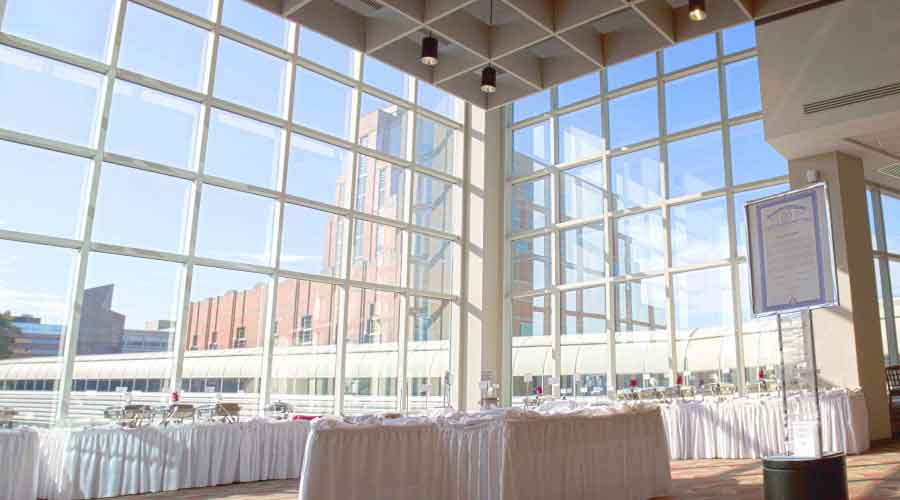Groups Propose Shift to Energy-Efficient Lighting in U.S. Market By 2016
A new coalition is taking aim at the incandescent light bulb. Their goal? To radically slash the need for new power plants and increased carbon emissions.
By CleanLink Editorial Staff
A new coalition is taking aim at the incandescent light bulb. The goal? To radically slash the need for new power plants and increased carbon emissions.
In addition to the Alliance to Save Energy and Philips Lighting North America, members of the Lighting Efficiency Coalition include the American Council for an Energy-Efficient Economy, the Natural Resources Defense Council (NRDC), Earth Day Network and Californians Against Waste.
If successful, the initiative will save consumers and businesses approximately $18 billion annually on electricity bills and save an amount of lighting energy equivalent to the power generated by 30 nuclear power plants (at 1,000 MW) or up to 80 coal-burning power plants (at 500 MW), according to the Alliance. In addition, energy-efficient lighting would avoid powerplant emissions of more than 158 million tons of carbon dioxide and 5,700 pounds of airborne mercury.
"This coalition is a great example of how industry and government can work together and benefit both consumers and the environment," says Sen. Mark Pryor (D-Ark.), chairman of the Alliance to Save Energy.
To achieve this ambitious goal, members of the coalition have pledged to push for government and utility incentives that would encourage consumers and businesses to replace their traditional incandescent light bulbs with energy-efficient alternatives - including compact fluorescent bulbs (CFLs), improved energy-saving halogen bulbs, highly-efficient incandescents, and eventually new lighting technology such as light-emitting diodes (LEDs). The coalition will also advocate for wider use of higher-efficiency fluorescent lighting in commercial buildings and more energy-efficient street lighting systems.
“There are roughly 4 billion light sockets in the United States alone, so screwing in cleaner, better technologies will dramatically lessen our power consumption and pollution production, while increasing our pocketbook savings,” says Noah Horowitz, senior scientist, NRDC.
To back up these incentives, the coalition will support technology-neutral performance standards that will work along with market forces to move the U.S. lighting market away from inefficient products and towards adoption of these and other energy-efficient alternatives.
"The Alliance to Save Energy is pleased to be part of this new coalition committed to advocating for public policies to speed the phase-out of inefficient lighting products by 2016," says Alliance President Kateri Callahan. "The economic, environmental, and national security benefits of such a market transformation include lower energy costs for consumers and businesses, less air pollution and greenhouse gas emissions, and extension of our nation's limited energy supplies.
"We need to put utilities' support for these types of technologies on equal footing with our investments in power plants - so consumers, utilities, and the environment can all benefit when we 'save-a-watt' using energy-efficient light bulbs and other exciting new technologies,” says Jim Roger, CEO of Duke Energy and co-chair of the Alliance to Save Energy. “Encouraging customers to simply change out their light bulbs with fluorescent light bulbs is one of the easiest and most effective things we all should do. Let's get to work and make it happen."
Related Topics:











